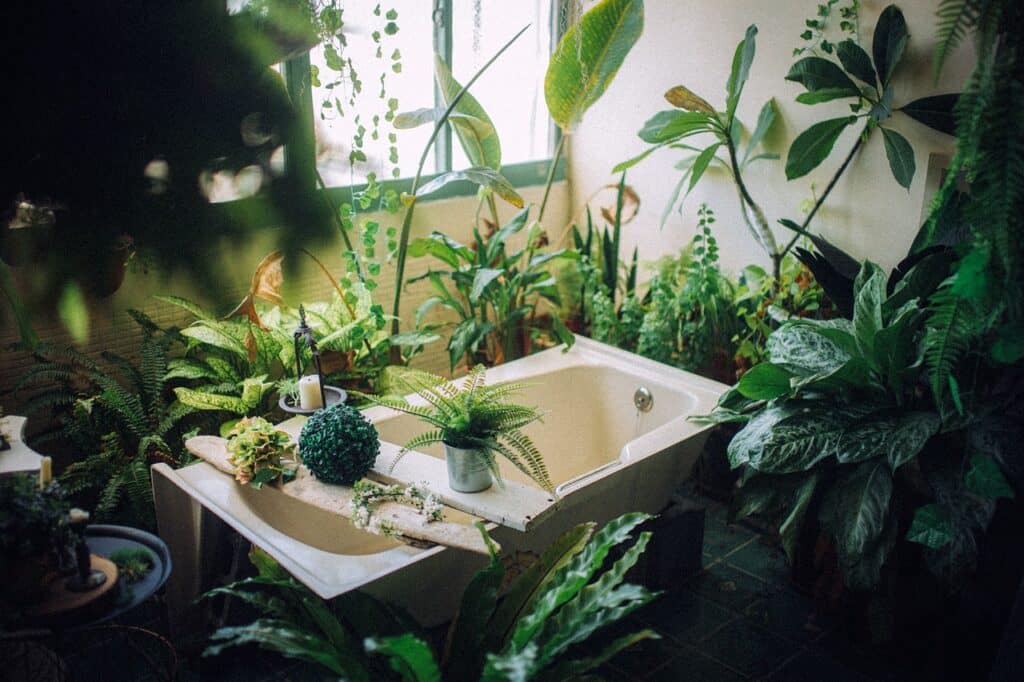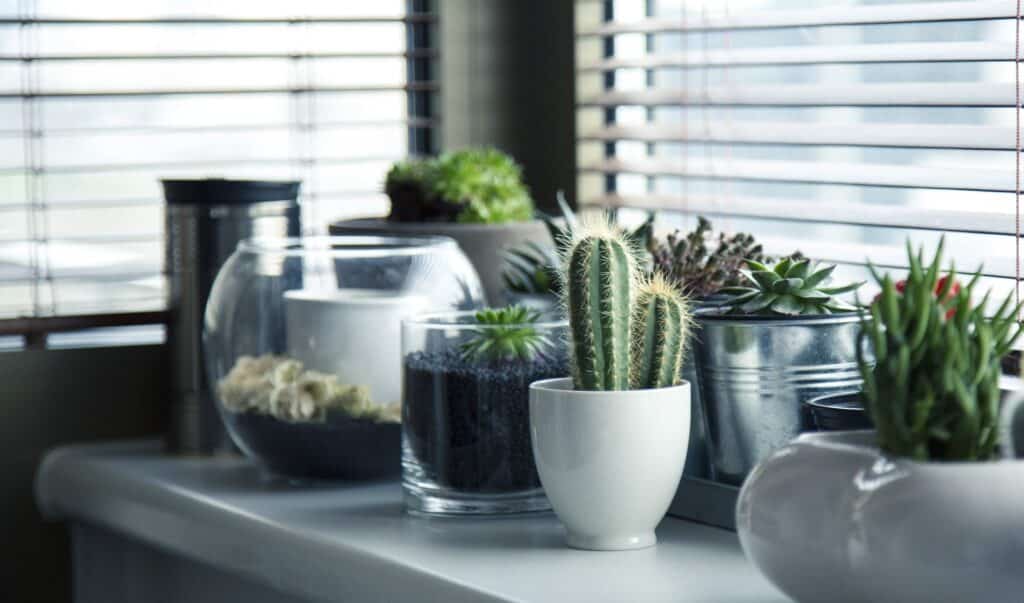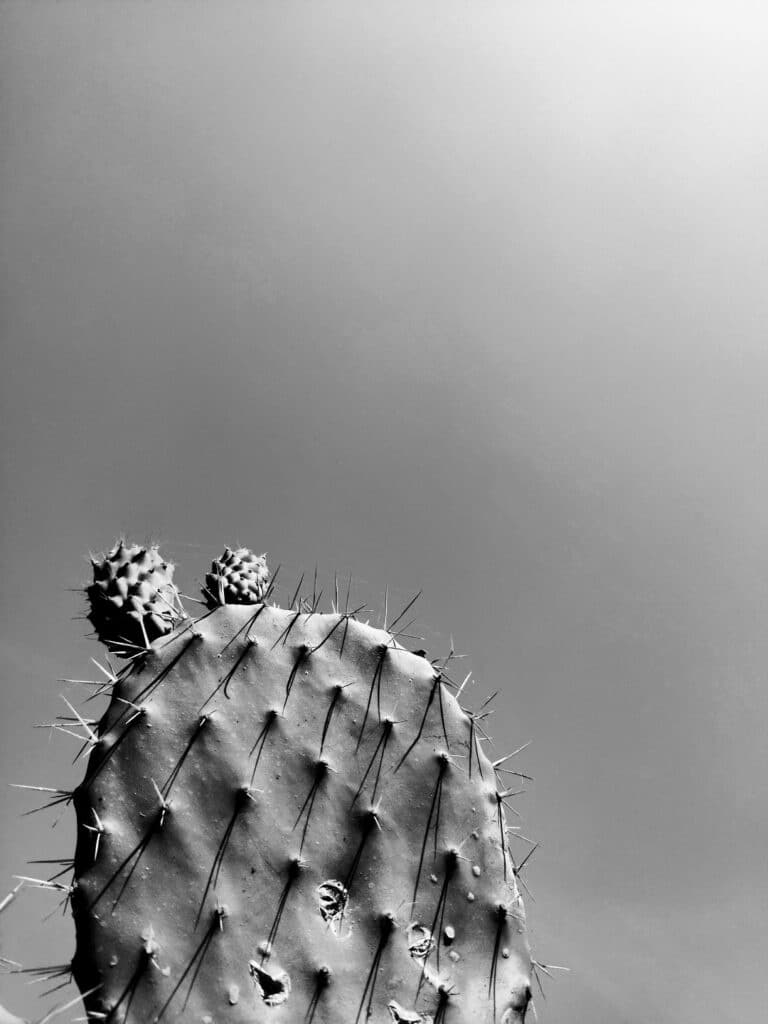Have you noticed why your once vibrant indoor plant is starting to wither and fade away? Seeing a plant you’ve nurtured and cared for slowly deteriorate can be disheartening. But fear not, there are several reasons why your indoor plant may be struggling, and by understanding these reasons, you can take steps to revive your green companion. Various factors contribute to a dying plant, from inadequate lighting and improper watering techniques to nutrient deficiencies and pest infestations. By identifying the specific issue plaguing your indoor plant, you can provide the necessary care to restore its health and beauty. So, let’s embark on a journey to uncover the secrets behind why indoor plant is dying and find solutions to bring it back to life.
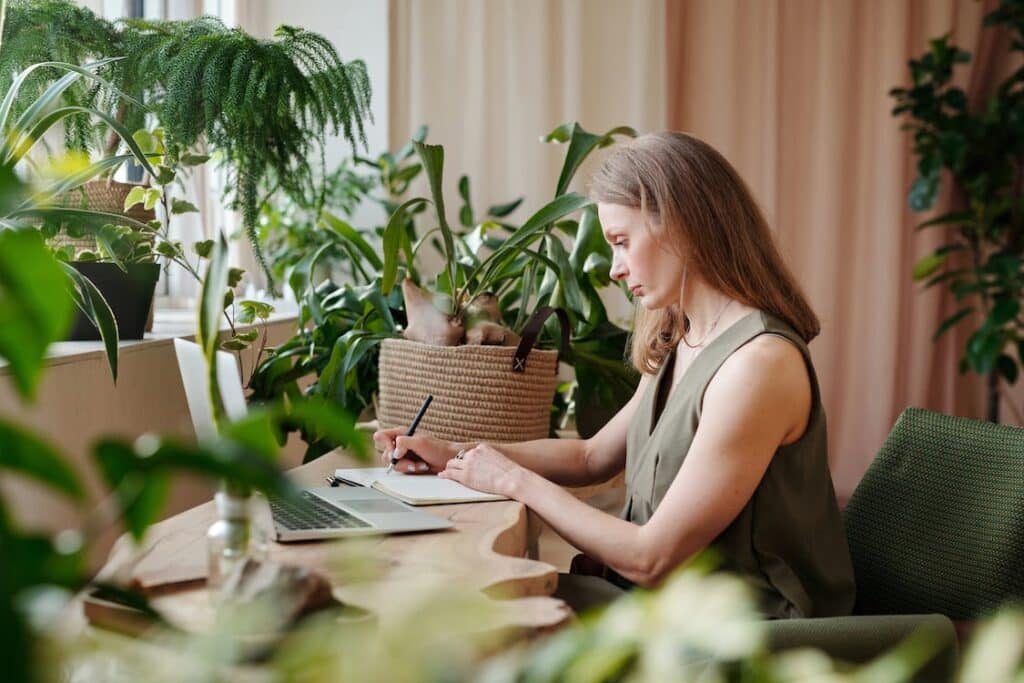
Importance of Understanding Plant Needs
Taking the time to understand the needs of your indoor plants is crucial for their overall health and longevity. Properly identifying different indoor plant types and understanding their basic requirements can ensure that your plants thrive in their environment. Additionally, being able to recognize signs of plant stress allows you to take prompt action to address any issues that may arise.
Identifying different types of indoor plants
Before diving into the specific needs of indoor plants and finding why indoor plant dying, it’s essential to familiarize yourself with the various types of plants commonly grown indoors. Different plants have different requirements for light, water, and temperature, so correctly identifying which type of plant you have is essential in providing proper care.
Some common types of indoor plants include tropical plants, succulents, and flowering plants. Each of these categories has distinct characteristics and care requirements. For example, tropical plants typically prefer warm, humid environments, while succulents prefer drier conditions with less frequent watering. By learning to identify different types of indoor plants, you can tailor your care routine to meet their specific needs.
Understanding basic plant needs
Regardless of your plant type, every indoor plant has some basic needs that must be met for it to thrive. These needs include adequate water, proper lighting, appropriate temperature and humidity levels, sufficient nutrients, and suitable soil conditions.
Watering your plant in the right manner and maintaining a consistent watering schedule is crucial. Overwatering or underwatering can both lead to serious plant health issues. In addition to watering, providing your plant with the correct amount and intensity of light is essential. Different plants have different light requirements, so it is important to understand these needs and ensure your plant receives adequate light.
Temperature and humidity levels also play a significant role in plant health. Most indoor plants prefer temperatures between 60 to 75 degrees Fahrenheit and moderate humidity levels. Extreme temperatures or humidity can cause stress and negatively impact your plant’s growth.

Recognizing signs of plant stress
Even with the best care, plants can experience stress due to various factors. It is important to be able to recognize the signs of plant stress, as this allows you to address any issues promptly. Some common signs of plant stress include wilting, yellowing or browning leaves, stunted growth, leaf drop, and signs of pests or diseases.
By regularly inspecting your plants and being aware of any changes in their appearance or behavior, you can identify potential issues before they become serious. This is why it is important to understand why indoor plants may be dying. Promptly addressing these issues can help prevent further damage and increase the chances of your plant recovering.
Overwatering as a Common Cause
Overwatering is one of the most common causes of plant stress and, ultimately, plant death. Many plant owners mistakenly believe that watering their plants more frequently is better, but this is not true. Overwatering can lead to root rot, a condition where the roots are deprived of oxygen due to excessive moisture, leading to the plant’s demise.
Knowing the right watering schedule
To prevent overwatering, it is essential to establish a proper watering schedule for your indoor plants. This schedule will vary depending on the specific needs of your plants, as well as factors such as the type of soil and the humidity levels in your home. As a general rule, it is better to underwater than to overwater, as most indoor plants can tolerate periods of slight drought better than constantly saturated soil.
Identifying signs of overwatering
If you notice your plant’s leaves becoming yellow, soft, or mushy, it may be a sign of overwatering. Overwatered plants may also have a foul odor or show signs of root rot, such as dark, slimy roots. It is important to act quickly if you suspect overwatering, as the longer the plant stays in excessively wet soil, the less likely it is to recover.
Effects of overwatering on plant health
Overwatering is a common reason why indoor plant is dying When you provide excessive moisture, it can lead to a lack of oxygen in the root zone, depriving the roots of the air they need to function properly. This can result in root rot, hindering nutrient uptake, stunting growth, and ultimately causes the plant’s demise. Additionally, overwatered plants are more vulnerable to pests and diseases, as the excessive moisture creates a favorable environment for their growth.
Issues with Underwatering
While overwatering is a common problem, underwatering can also have negative effects on your indoor plants. Underwatering occurs when plants do not receive enough water to meet their needs, leading to dehydration and wilting.
Finding out if your plant is underwatered
Wilting is a common sign of underwatering, which is one reason why indoor plant is dying. When a plant lacks water, it is unable to maintain turgidity, resulting in drooping or wilting leaves. Additionally, if the soil is dry to the touch and pulling away from the edges of the pot, it may indicate that your plant is not receiving enough water.
Balancing water requirements for different plants
Finding the right balance between underwatering and overwatering can be challenging, as different plants have varying water requirements. Understanding the specific needs of your plants is crucial in providing the appropriate amount of water. Succulents, for example, require less frequent watering compared to tropical plants. It is important to research the individual needs of your plants and adjust your watering schedule accordingly.
How underwatering affects plants
Underwatering can lead to a number of detrimental effects on your plants. In addition to wilting, underwatered plants may develop brown, dry, or crispy leaves. They may also experience stunted growth and have a weakened immune system, making them more prone to pests and diseases. Regularly monitoring your plants and adjusting your watering routine can help prevent underwatering and its negative consequences.
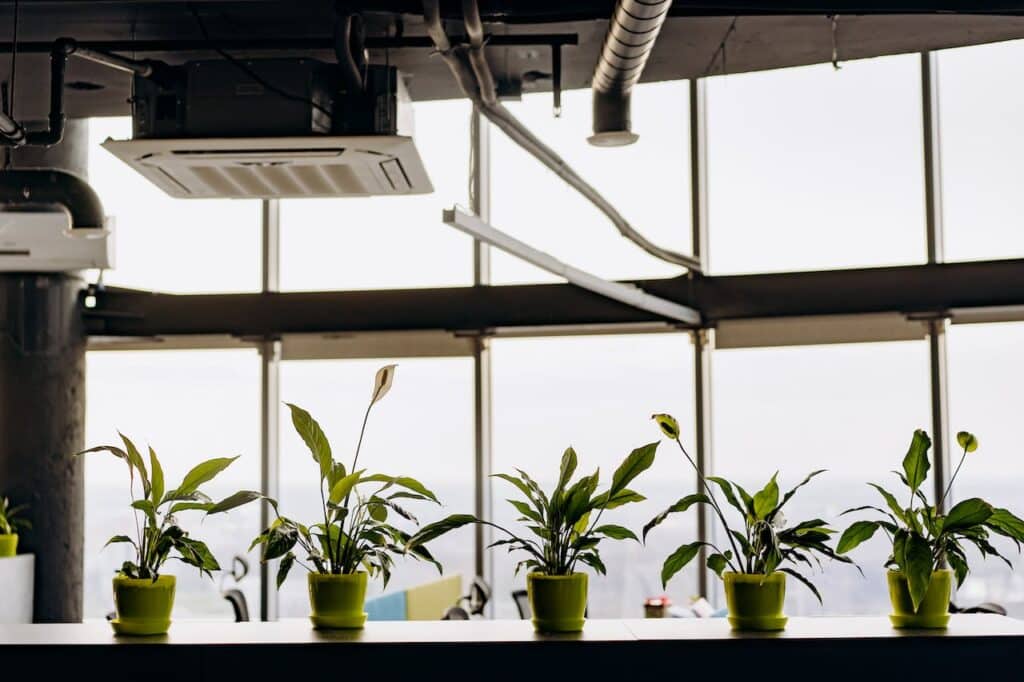
Wrong Light Conditions
Proper lighting is essential for the photosynthesis process, which is crucial for the plant’s growth and energy production. Insufficient or excessive light can both have negative effects on indoor plants.
Understanding plant light requirements
Different indoor plants have different light requirements. Some plants thrive in bright, indirect light, while others prefer low-light conditions. Understanding the specific light needs of your plants is key in providing the appropriate conditions for their growth. Research your plant’s light requirements and place it in a location that receives the right amount of light throughout the day.
Signs of insufficient light
Plants that do not receive enough light may exhibit elongated, leggy stems as they stretch towards the light source. Leaves may also turn pale in color or lose their vibrancy. Insufficient light can also lead to decreased or stunted growth, as plants are unable to produce enough energy through photosynthesis.
Effects of too much light
Excessive light can be just as harmful to indoor plants as insufficient light which can be a reason why your indoor plant dying. Direct sunlight can scorch the leaves and cause them to turn brown or develop white spots. It can also lead to overheating and increased transpiration, causing the plant to dry out quickly. If your plant is receiving too much light, consider moving it to a location with diffused or indirect light to prevent damage.
Problems with Temperature and Humidity
Temperature and humidity are important factors that can greatly affect the health and well-being of your indoor plants. Providing the right conditions can help your plants thrive, while extremes in temperature or humidity can have detrimental effects.
Correct temperature range for indoor plants
Most indoor plants prefer temperatures between 60 to 75 degrees Fahrenheit during the day and slightly cooler temperatures at night. Avoid placing your plants near drafts or heat sources, as these can cause rapid temperature changes and stress the plants. Consistency is key when it comes to temperature, so try to maintain a stable environment for your plants.
Effects of low or high humidity
Humidity levels can also greatly impact the well-being of your indoor plants. Low humidity can lead to dry soil and increased water evaporation, causing your plants to dry out quickly. On the other hand, high humidity can create a favorable environment for fungal diseases and pests. It is important to strike a balance and provide moderate humidity levels for your plants.
Signs of temperature or humidity stress
Plants experiencing temperature or humidity stress may exhibit signs such as wilting, yellowing or browning leaves, or stunted growth. They may also be more susceptible to pests and diseases. Monitoring the temperature and humidity levels in your home and making necessary adjustments can help prevent stress and ensure the optimal growth of your indoor plants.
Insufficient Nutrient Supply
Proper nutrition is essential for the growth and development of indoor plants. It is important to understand why indoor plant is dying, as providing the necessary nutrients ensures that your plants thrive and maintain their overall health.
Basic nutrients every plant needs
There are six primary nutrients that plants require for healthy growth: nitrogen, phosphorus, potassium, calcium, magnesium, and sulfur. These nutrients play various roles in plant development, from promoting leaf and root growth to aiding in producing enzymes and proteins. It is important to provide a balanced fertilizer that contains these essential nutrients.
Signs your plant is nutrient-deficient
Nutrient deficiencies can manifest in various ways, depending on which nutrient is lacking. For example, nitrogen deficiency may cause yellowing of older leaves, while phosphorus deficiency can lead to stunted growth. Potassium deficiency can result in yellowing or browning leaf edges, while calcium deficiency may cause leaf curling or distorted growth. Regularly inspecting your plants for signs of nutrient deficiencies can help you address any issues promptly.
Impacts of nutrient deficiencies
Failure to provide sufficient nutrients can have detrimental effects on plant health. Nutrient deficiencies can lead to stunted growth, reduced flower or fruit production, increased susceptibility to pests and diseases, and overall poor plant vitality. By incorporating a proper fertilization routine and ensuring your plants receive the necessary nutrients, you can prevent nutrient deficiencies and promote optimal plant growth.
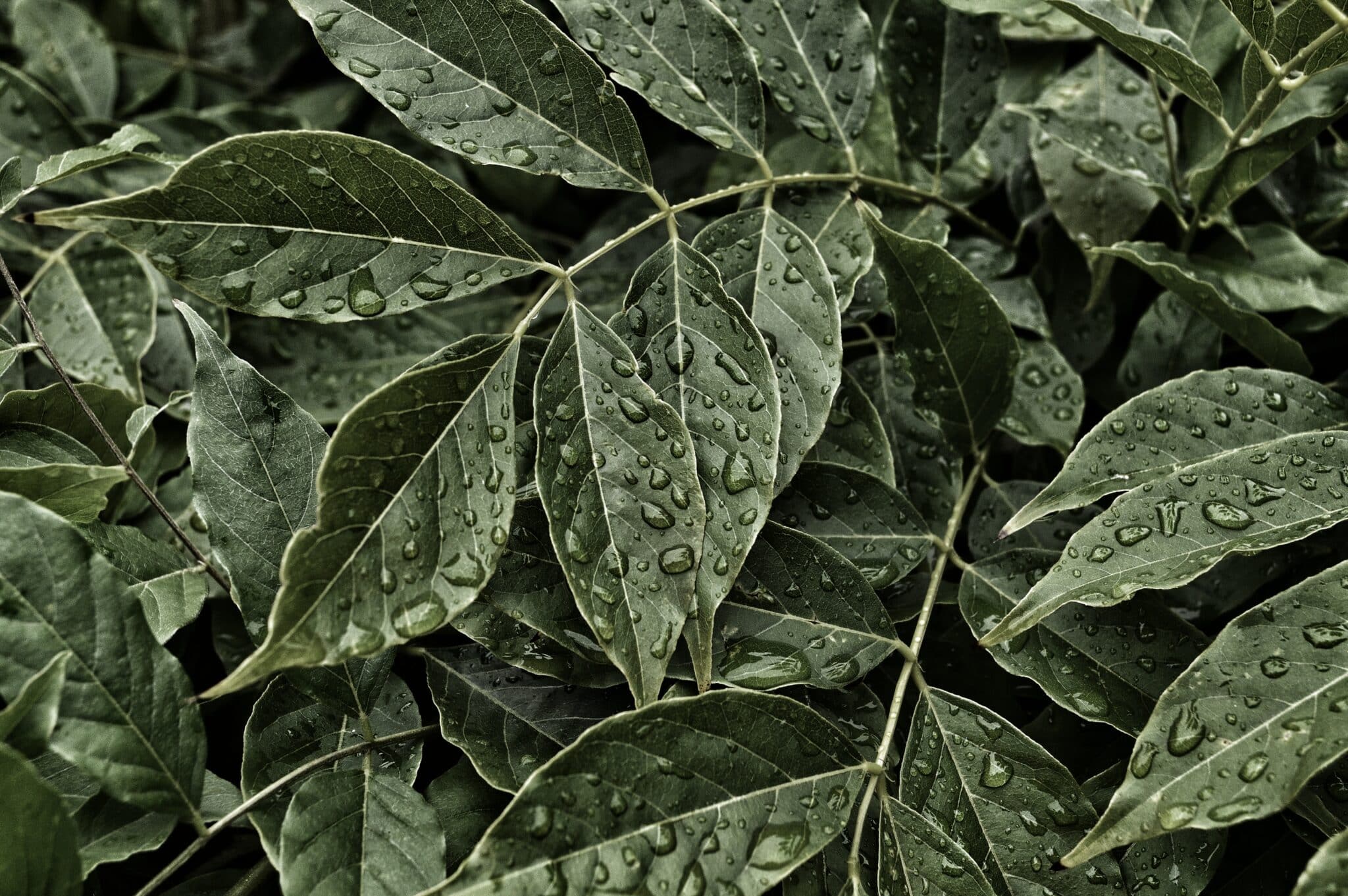
Soil Issues
The soil plays a crucial role in providing a stable foundation and necessary nutrients for your indoor plants. Soil problems can impede plant growth and lead to various issues.
Determining the right soil mix for your plant
Different types of plants have different soil requirements. While some plants thrive in well-draining soil that allows excess water to escape, others prefer moisture-retentive soil. Understanding the specific soil needs of your plants is essential in providing the right environment for their roots to grow and absorb nutrients.
Problems with compacted or poor quality soil
Compacted soil can prevent proper root growth and restrict the plant’s ability to take in water and nutrients. Similarly, poor quality soil lacking in organic matter may not provide the necessary nutrients for healthy plant growth. It is important to ensure that your plants are potted in suitable soil that promotes root development and provides the necessary nutrients for optimal growth.
Effects of soil problems on plant health
If the soil is not suitable for your plants, it can lead to root rot, nutrient deficiencies, and overall poor plant health. Rootbound plants, where the roots have outgrown the container, may also suffer from restricted growth. Regularly checking the condition of the soil and taking steps to address any issues, such as repotting or amending the soil, can help maintain healthy plants.
Pest and Disease Attacks
Pests and diseases pose a significant threat to the health and well-being of indoor plants. Identifying common pests and diseases, as well as taking appropriate measures to manage and prevent their occurrence, is crucial in ensuring the longevity of your plants.
Common pests that attack indoor plants
Some common pests that can infest indoor plants include aphids, mealybugs, spider mites, and fungus gnats. These pests can cause damage by sucking sap, chewing on leaves, or transmitting diseases. Regularly inspecting your plants for signs of pest infestation, such as visible insects, sticky residue, or distorted foliage, allows you to address the issue promptly.
Signs of plant diseases
Plant diseases can manifest in various ways, including leaf spots, discoloration, wilting, or abnormal growth. Fungal, bacterial, and viral diseases can all affect indoor plants. It is important to accurately identify the disease and take appropriate measures, such as removing infected plant parts or applying appropriate treatments, to prevent further spread.
Managing pests and diseases in indoor plants
Preventing and managing pest and disease issues requires a proactive approach. Regularly inspecting your plants, maintaining proper sanitation, providing good air circulation, and promptly addressing any signs of infestation or disease can help prevent the spread and minimize the damage. In some cases, using organic or chemical treatments may be necessary to effectively manage the problem.
Repotting Stress
Repotting is a necessary process in the life of indoor plants, allowing them to continue growing and accessing the necessary nutrients. However, the act of repotting can cause stress to plants, and it is important to take the right steps to minimize the impact.
When and how to repot your plant
Repotting should be done when the plant has outgrown its current container or when the soil has become compacted and lacks nutrients. It is important to choose a new pot that provides adequate space for the roots to grow and has proper drainage. When repotting, gently remove the plant from its current pot, untangle any tangled roots, and place it in the new pot with fresh soil. Water the plant thoroughly after repotting to help settle the soil.
Signs of repotting stress in plants
Plants may experience repotting stress after being transplanted to a new container. Common signs of repotting stress include wilting, leaf yellowing, or a temporary halt in growth. It is essential to provide extra care and attention during this period to help the plant recover and establish itself in its new environment.
Mitigating repotting stress
To minimize repotting stress, it is important to handle the plant gently and avoid damaging the roots during transplantation. Additionally, providing appropriate lighting, temperature, humidity, and watering conditions can help the plant recover more quickly. It is also recommended to avoid fertilizing immediately after repotting to prevent further stress to the plant.
Lack of Proper Care and Attention
Lastly, the overall health and vitality of your indoor plants greatly depend on the care and attention they receive. Neglecting their needs can have serious consequences and lead to the deterioration and eventual death of your plants.
Understanding the importance of regular plant care
Regular plant care involves a combination of tasks, including proper watering, providing adequate lighting, maintaining suitable temperature and humidity levels, fertilizing as needed, and addressing any issues promptly. By investing time and effort into caring for your indoor plants, you ensure their continued growth and well-being.
Effects of neglecting plant needs
Neglecting the needs of your plants can lead to a variety of problems. Lack of water or improper watering can cause dehydration or root rot. Insufficient light can result in stunted growth or leggy stems. Failure to provide proper temperature and humidity levels can stress the plants and make them more susceptible to pests and diseases. Neglecting plant care overall can result in poor growth and overall decline in health.
Steps to improve plant care routine
To improve your plant care routine, establish a regular schedule for watering, fertilizing, and other necessary tasks. Take the time to observe your plants and make adjustments to their care as needed. Educate yourself on your plants’ specific needs and seek resources or advice from experienced plant enthusiasts. Providing a nurturing and consistent environment for your indoor plants will greatly contribute to their overall health and longevity.
In conclusion, understanding the needs of your indoor plants is crucial for their health and well-being. By identifying different types of indoor plants, recognizing signs of stress, and addressing common issues such as overwatering, underwatering, light conditions, temperature and humidity levels, nutrient deficiencies, soil problems, pest and disease attacks, repotting stress, and neglect, you can create an optimal environment that allows your indoor plants to thrive. Proper care and attention will reward your indoor plants with their beauty and contribute to a healthier and more vibrant living space.

